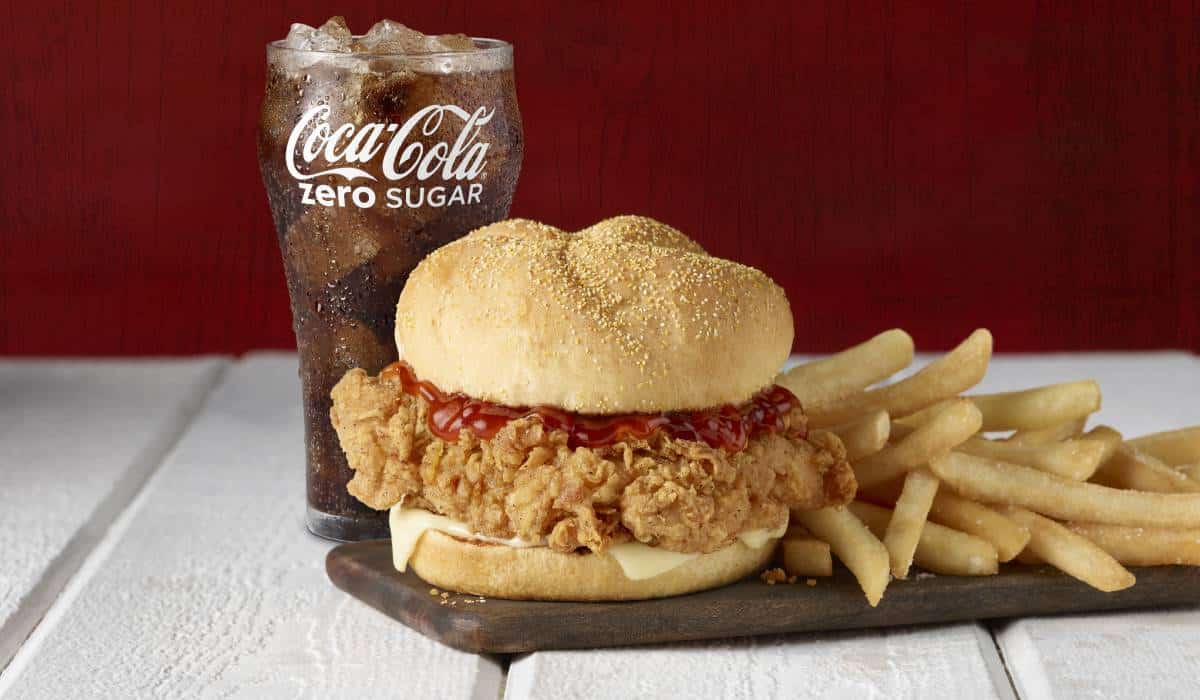The growth of technology and digital tools in the restaurant industry has resulted in a notable increase in accessibility and variety for consumers. In this period of expansion, it’s essential to reevaluate your restaurant’s strategy to ensure you provide value for your customer at every touch point in order to stand out from the rest of your competition.
This begins with your menu offerings. The foundation of every restaurant is its food, and the quality can easily make or break the business’s success. Once you have the primary offerings nailed down, it’s time to think about what will keep those customers engaged and interested in coming back for more, beyond the bells and whistles that technology can provide. Offering limited-time offers on a seasonal basis establishes a cadence of new menu items excitement for customers and adds an element of mystery to keep them guessing.
Product testing and quality control are requirements for developing successful LTOs. If not thoroughly vetted, an LTO can leave the operations teams feeling overwhelmed. However, investing time in the research and development process to simplify production and optimize food costs is easy, if done correctly and consistently. There are a few ways leaders can take advantage of opportunities and spearhead a path to menu innovation.
Establish Cross-Brand Partnerships
Collaborating with vendors, food producers and supply partners allows you to leverage existing relationships and introduce a fresh concept to your consumers. Tapping into the resources of these established partners can simplify the planning process and lessen the costs associated with promotion.
A cross-brand partnership can be a strategic marketing effort to increase brand awareness with your current customers while also introducing it to a new audience. When well-executed, this step can expand your reach exponentially.
Diversify for Different Seasons
Customers’ needs and cravings change throughout the year as the weather fluctuates and holidays come and go. Meeting people where they are is critical in keeping steady sales year-round.
Think about warm dishes, like soups and hot beverages, being more popular during the colder seasons, while cold items, like milkshakes and fresh salads, are more preferred during the summer. You can take it to the next level by offering a fish or veggie option during the months of Lent to maintain the customers who participate in the holiday. Being intentional with the selection of each menu offering will drive tremendous success.
Explore Growth Opportunities
Introducing new menu items for a limited time can also serve as research on potential growth opportunities for your brand. Testing a new side option or introducing a new day-part item can be a safe way to gauge real-time interest from the customer base.
For example, before launching a full-scale breakfast menu, introduce a coffee beverage or simple biscuit entrée LTO. This will provide accurate data to help restaurant operators know if it’s a good investment to build on for a more permanent offering.
Once a restaurant brand has established a solid foundation, it’s essential to consider next steps regarding growth plans to keep customers interested and strengthen loyalty. Looking at these limited-time offers as long-term strategic investments can shift the perspective and increase the potential for a high return.
Create Operations Efficiencies
Menu development from a supply chain perspective requires strategic planning. Analyzing current ingredients at a high level allows restaurant operators to find opportunities to explore menu options by using the same items in new ways. Bulk ordering more of the same ingredients will lower the cost per item, saving overall costs in the end.
Does your restaurant serve a salad with strawberries or a scoop of vanilla ice cream with dessert? Add more strawberries and ice cream to your bulk order and implement a strawberry milkshake to your menu. The lower cost of individual items will work to balance the extra cost for additional supplies, while increasing sales and netting more of a profit.
Creating efficiencies in operations through supply chain optimization allows for greater options at a lower cost—and risk. Research and development teams can work in tandem with operations leaders to increase visibility into the supply chain and determine the best practices for integrating limited-time offers.
The quick adoption of technology and digital tools allowed restaurant leaders to advance operations, but now it’s essential to take a step back and reevaluate how the strategy is supporting the foundation of the business—the food offerings. Limited time offers are a great way to provide excitement and drive brand loyalty with customers while identifying growth opportunities and improving back-end processes for restaurant operators, resulting in long term success.
Adam Klaers is the Executive Vice President of Roy Rogers Restaurants.








